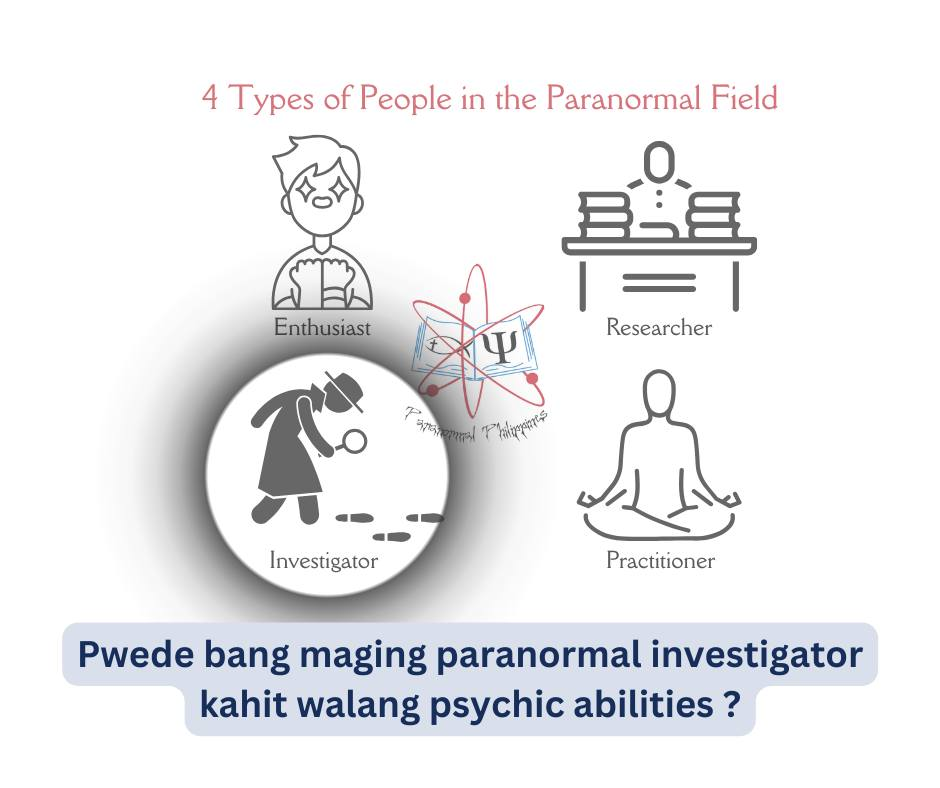Searching for Truth in Paranormal Events
 🏠 |
🧭 |
🏠 |
🧭 |
When confronted with a paranormal experience — whether it’s a strange sound, a shadowy figure, or an object moving without explanation — our first instinct is often awe, fear, or curiosity. But if we want to uncover the truth, we must not only confirm what actually happened, but also explore alternative explanations and question how certain we are of what we think we know.
Here are key questions to guide that process:
✨ 1. What else could have caused this event?
-
Could natural factors explain it? (drafts, reflections, faulty wiring, wildlife, psychological suggestion)
-
Could human activity be mistaken for something supernatural? (a prank, miscommunication, ordinary noises amplified by fear)
Asking this helps filter the ordinary from the extraordinary.
✨ 2. Is there reliable evidence that this event is not normal?
-
Are there recordings, physical traces, or witnesses who confirm the same details?
-
Is the experience consistent across different times, people, or conditions?
Reliability matters — it separates fleeting impressions from phenomena worth deeper study.
✨ 3. Who observed the event, and under what circumstances?
-
Was the witness calm, or under stress, fatigue, or suggestion?
-
Were they alone or in a group, and did others see the same thing?
Context matters, because the mind can magnify or distort.
✨ 4. Can the experience be replicated or tested?
-
Does it happen repeatedly under certain conditions, or was it a one-time occurrence?
-
Can equipment (cameras, sensors, meters) capture anything unusual?
Science builds on repeatability. Paranormal research grows stronger when we seek patterns instead of one-off stories.
✨ 5. What is the most straightforward explanation?
-
Sometimes the truth is not dramatic, but simple.
-
But if every normal explanation fails, the extraordinary may stand on its own.




Comments
Post a Comment